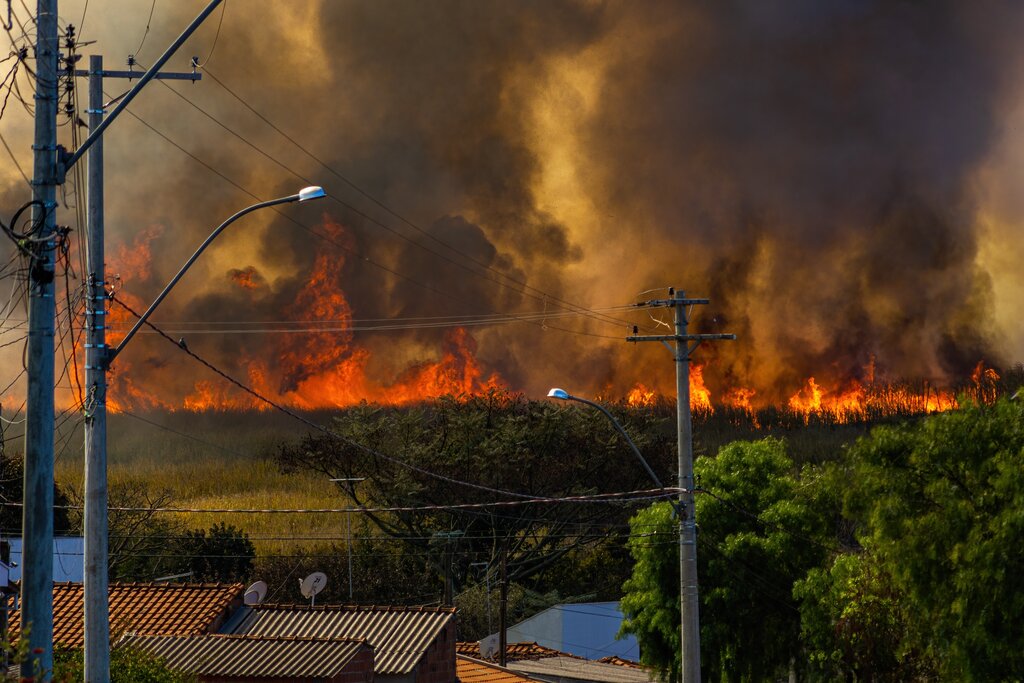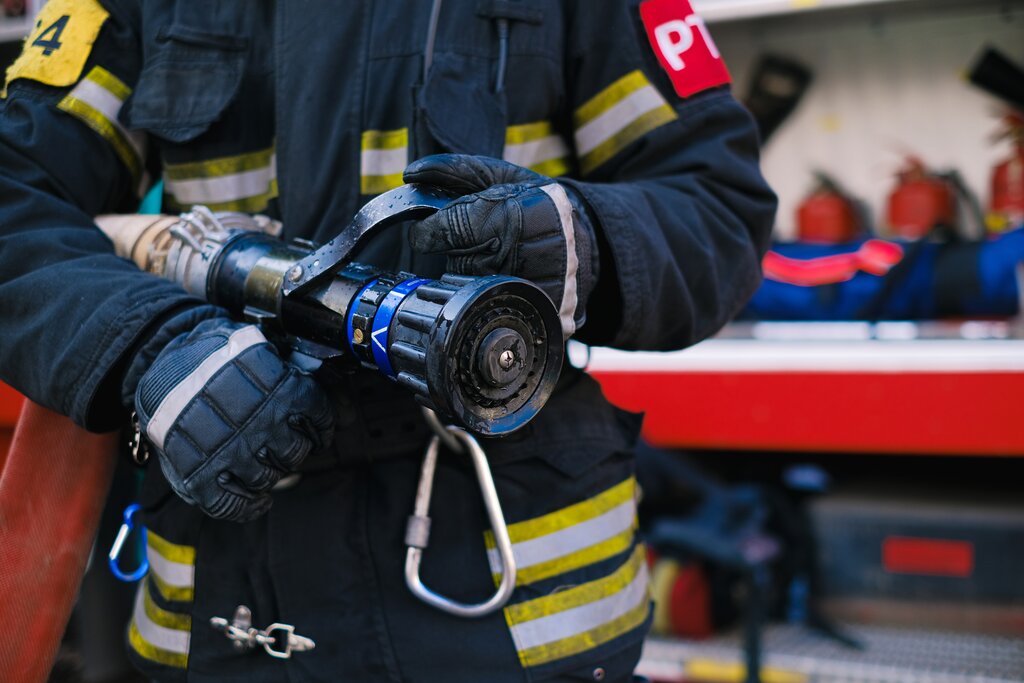Human Influence Making Winter Wildfires
Increasingly Common
With winter well upon us, you might think fire officials (and residents of wildfire-prone areas) could breathe a sigh of relief.
But you’d be wrong.
A Few Statistics
Consider, for instance, the following:
- Last January, more than 1700 acres were scorched in western Oklahoma.
-
Also last winter, the Legion Lake wildfire in South Dakota consumed almost 85 square miles near two state parks. About two dozen of the parks’ bison had to be euthanized as a result.
- In early March of 2017, explosive winter wildfires tore through Kansas, Oklahoma, Texas and Colorado, killing seven people and burning more than a million acres. (See related story, “Ranchers Cope with Crippling Losses after Midwestern Wildfires.”)
- And, of course, California’s devastating December 2017 wildfires destroyed almost 308,000 acres and contributed to the most destructive wildfire season on record. According to Jerry Brown, firefighting at Christmas time has now become “the new normal.”
In fact, in much of the western United States, winter is now a potential mega wildfire season.
Winter in the Anthropocene
Welcome to winter in the Anthropocene. That’s the buzzword used by some environmentalists to describe our current epoch. “Anthropo” for “man” and “cene” for “new.” In other words, it’s the dawn of the human-influenced age.
–Article Continues Below–

Scientists have been tracking the trends for decades. Across the globe, wildfires are increasing in frequency and magnitude under a warming climate. They’re impacting natural resources, infrastructure and millions of people worldwide every year. Dry places are getting drier and wildfire seasons are arriving earlier and staying longer than they used to.
At the same time, human encroachment into fire-prone areas has increased the potential for ignition, as well as the risks and damages to our communities. In the age of the Anthropocene, interactions with post-fire landscapes are becoming normal.
Which means winter wildfires have also become “the new normal.”
What About Snowfall?
But doesn’t winter snowfall extinguish wildfires?
Not always. Retired California firefighter David Sandbrook recently recalled a December 1976 fire in Angeles National Forest. This fire burned intensely and spread very rapidly at an elevation of 7000 ft. and temperatures of -18F.
How does a fire like that get started? According to Sandbrook, the burning of timber “slash” in the fall of the year is a common forestry management practice.
But sometimes “the fires will survive being buried by snow all winter and start burning again in the spring. Underground roots and stumps will smolder under the snow and erupt to the surface with the advent of warm weather.”
Apparently, if an area has little to no rain in the fall, and the first snow of the year is a dry snow, then the controlled burns can still smolder and even spread under the snow. That’s because the leaf litter buried beneath the snow is still dry enough to burn.
The dry snow has enough air in it to fuel the fire, but the water content of the melted dry snow is not enough to quench the fire. So, although heavy snowfalls can usually help extinguish winter wildfires, there are situations when snow won’t help.
Prevent a Winter Wildfire
Here’s how you can keep from becoming part of the problem this winter:
Instead of burning brush, use the fallen branches to form brush piles that can be used as habitat for wildlife. By clumping dry branches together in a small area, you can actually reduce fire danger, while providing wildlife with materials for denning, brood-rearing and shelter. Or rent a chipper and transform that wood debris into valuable landscaping mulch.
If you must burn, be sure to avoid doing so on dry, windy days. Also, contact local agencies to see if any burn warnings are in effect.
Have a water source, shovel and other fire-fighting tools handy. If you’re doing a controlled burn or burning a large brush pile, it’s a good idea to contact the local fire department or non-emergency fire dispatch to let them know what you’re doing.

Stay with your fire at all times, until it is completely extinguished.
Even if there’s snow on the ground, it’s important to realize that moisture from the snow cannot extinguish all fires. (See above.) Instead, douse the coals with water and stir the embers with a rake or shovel. Then fold the embers into the soil and douse the coals again.
For wintertime campfires where an adequate water source is not available, you may use snow to put out your fire. But be sure to wait around for the “hissing” to stop, indicating that the campfire has been completely extinguished.
Sources:
Featured Image: Creative Commons Public Domain




